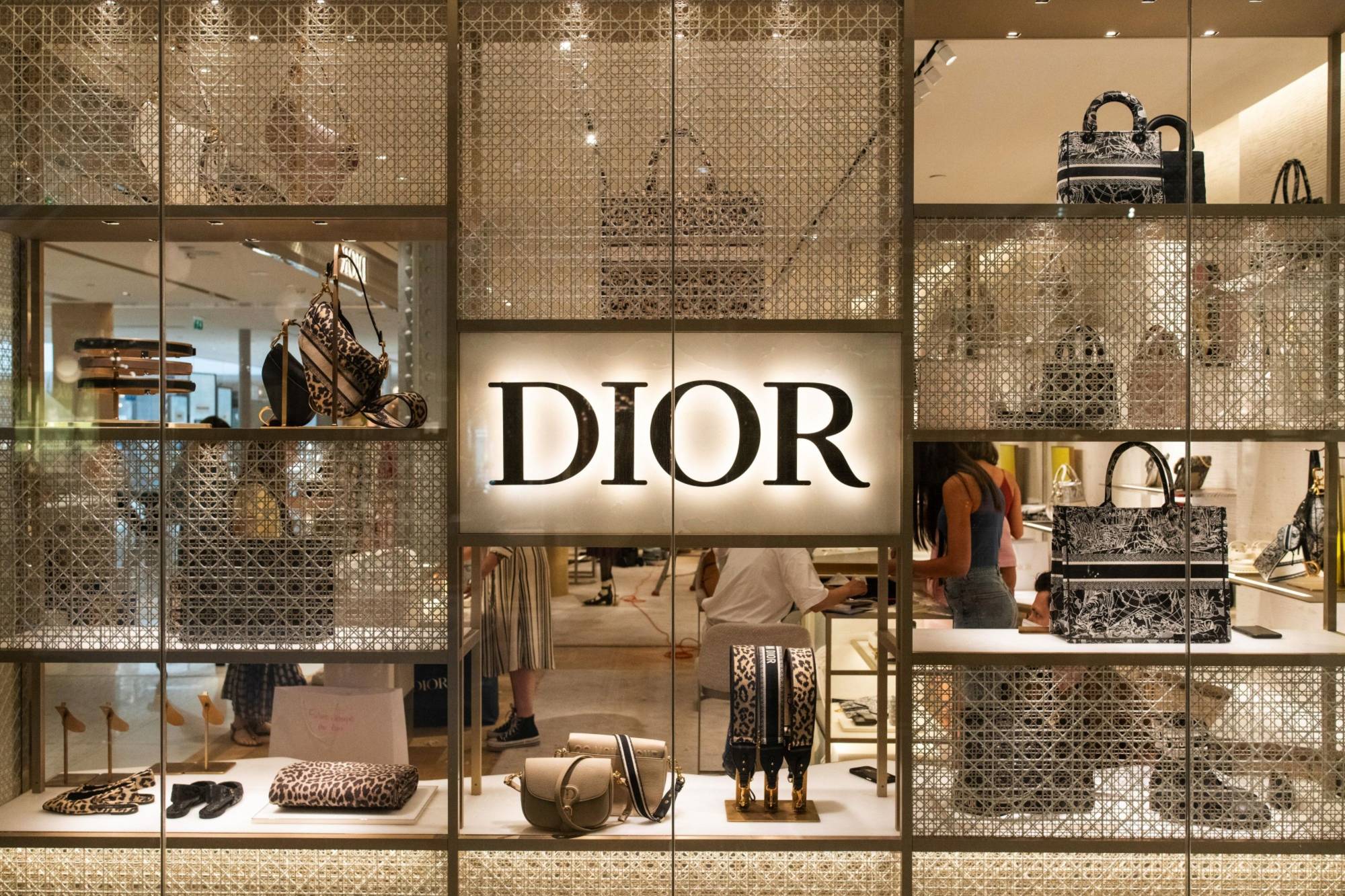newtownrrt.org – The story of Christian Dior is not just a tale of a fashion house; it is a saga of post-war revival, artistic innovation, and the globalization of French haute couture. From its inception in 1946, Christian Dior has been synonymous with elegance, luxury, and the epitome of French style. The brand’s journey from a modest atelier on the Avenue Montaigne in Paris to a global empire is a testament to the vision of its founder, Christian Dior, and the legacy he left behind.
The Beginnings: A New Look for a New Era
Christian Dior was born in Granville, France, in 1905. His path to fashion was not immediate; he initially pursued a career in politics and the arts before finding his calling in the world of haute couture. After working with several fashion houses, including Robert Piguet and Lucien Lelong, Dior launched his eponymous brand with the financial backing of Marcel Boussac, a prominent French industrialist.
The debut collection, presented on February 12, 1947, was a revolution. Dior introduced the “Corolle” line, featuring the now-iconic “New Look.” This silhouette, with its nipped-in waist, full skirt, and emphasis on the female form, was a stark contrast to the practical, austere clothing of the war years. It was met with both acclaim and criticism but ultimately propelled Dior to the forefront of the fashion world.
A Legacy of Innovation
Under Christian Dior’s creative direction, the house continued to innovate, introducing new silhouettes and setting trends that would define the post-war era. Dior’s meticulous attention to detail, his understanding of female anatomy, and his ability to blend tradition with modernity set the standard for haute couture. His designs were not just clothes; they were works of art, crafted with the finest materials and executed with unparalleled skill.
Dior’s influence extended beyond fashion. He was a pioneer in the use of media to promote his brand, understanding the power of photography and celebrity endorsements to create a global image. He also expanded the Dior brand beyond haute couture, introducing perfumes, most notably the iconic Miss Dior, which further cemented the brand’s status as a symbol of luxury and sophistication.
From Tragedy to Continuity
Tragically, Christian Dior’s life was cut short when he died of a heart attack in 1957, at the age of 52. However, the brand he built did not falter. Yves Saint Laurent, then just 21 years old, was appointed as Dior’s creative director, ensuring the continuity of the house’s legacy. Over the decades, a succession of talented designers, including Marc Bohan, Gianfranco Ferré, John Galliano, Raf Simons, and Maria Grazia Chiuri, have each left their mark on the Dior aesthetic, while remaining true to the brand’s core values.
Global Influence and Expansion
Today, Christian Dior is a global luxury brand with a presence in over 100 countries. It has expanded its offerings to include ready-to-wear, accessories, jewelry, and more, while maintaining its commitment to haute couture. The brand’s influence extends beyond fashion, with collaborations in art, culture, and technology that continue to push boundaries and set trends.
The Dior saga is a story of resilience, creativity, and the enduring power of beauty. From its humble beginnings to its status as a global icon, Christian Dior has remained true to its founder’s vision: to create not just clothing, but a dream. As the brand continues to evolve, the legacy of Christian Dior remains at its heart, a testament to the enduring allure of French haute couture.
